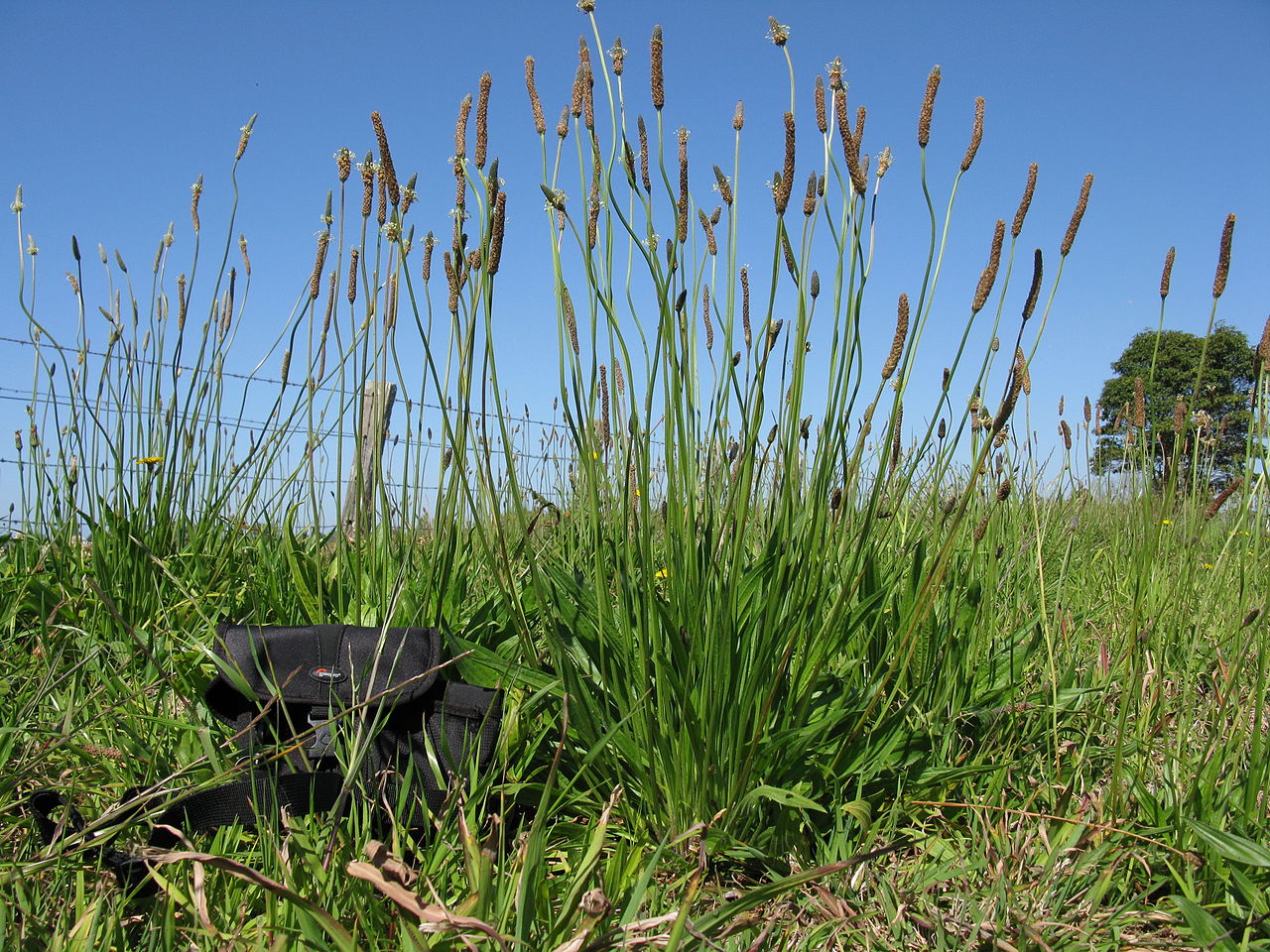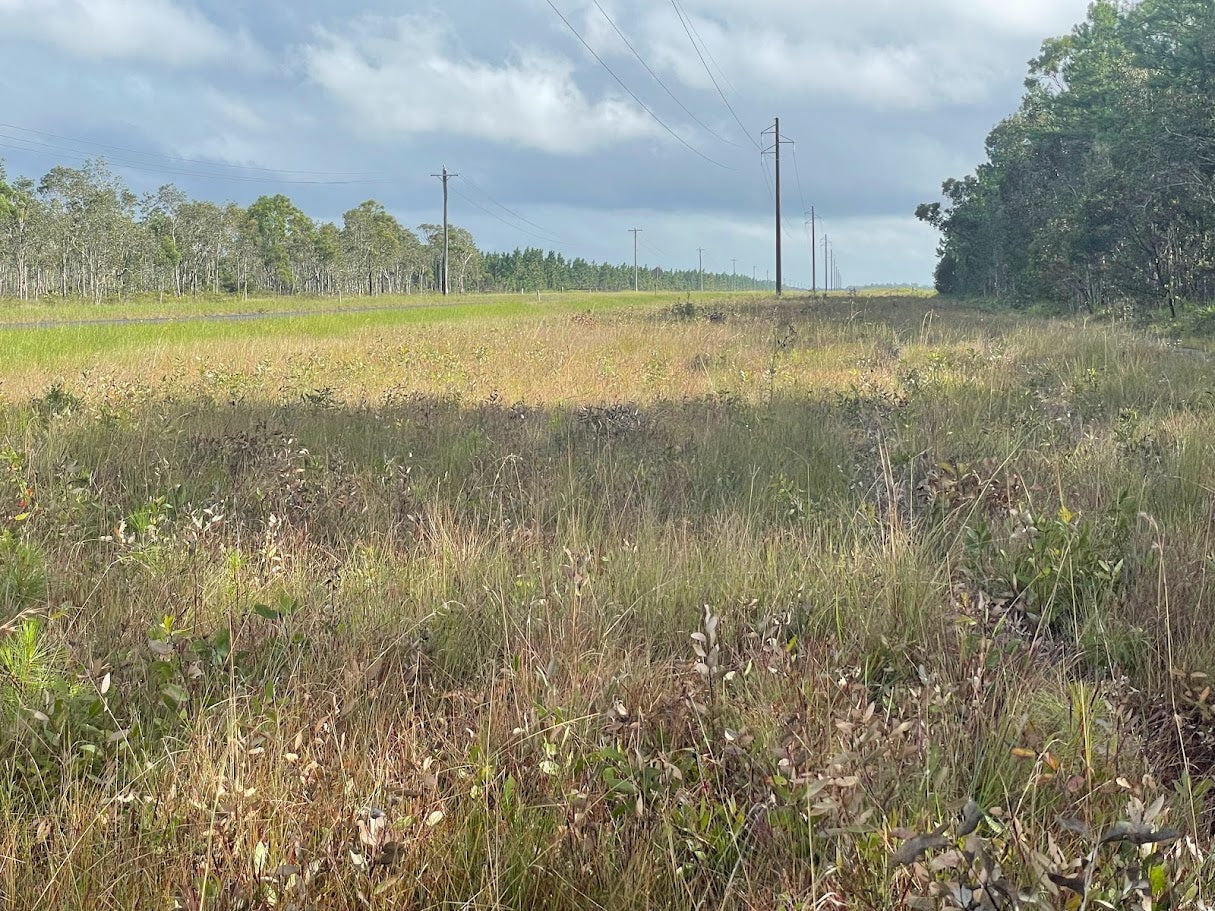
Case Study: Parthenium Weed Hygiene
Introduction: The Necessity of Weed Hygiene Management
Australia’s vast expanses and diverse land uses, from grazing pastures and cropping zones to natural bushland and urban corridors are uniquely bisected by some of the world’s longest road and rail networks. In Central Queensland in particular, these arteries of commerce and connectivity also serve as powerful conduits for the spread of invasive weeds such as Parthenium hysterophorus, making hygiene management a cornerstone of biosecurity.
Weed hygiene management is essential for defending Queensland’s agriculture and ecosystems. Effective practices of thoroughly cleaning vehicles, equipment, and clothing, help stop invasive species before they take hold. Understanding Parthenium's history and spread reveals how these transport routes can both accelerate infestations and challenge eradication efforts.
Parthenium Weed: Overview and Impacts
Parthenium weed, originating from Central and South America, has become notorious in Queensland for its aggressive invasion of disturbed landscapes. Its impacts are sweeping:
-
Economic: Parthenium costs beef and grain industries millions of dollars each year. Infested grazing land may lose up to 90% of its value, and cropping areas face reduced yields and increased management expenses.
-
Environmental: The weed outcompetes native species, erodes biodiversity, and disrupts delicate ecological balances. Its dominance in pastures and bushland threatens the survival of endemic flora and fauna.
-
Human and livestock Health: Parthenium’s allergenic pollen and toxins cause dermatitis and respiratory problems, posing risks to farm workers, livestock and rural communities.
Pathways of Spread: The Influence of Transport Networks
Parthenium’s journey through Queensland is closely entwined with the state’s sprawling road and rail systems. Introduced in the 1950s via contaminated seed and machinery, its seeds now hitch rides on vehicles, livestock, and equipment moving across regions. Australia's road and rail networks crisscross a mosaic of land uses, acting as “weed superhighways”: vehicles moving between farms, towns, and resource sites inadvertently disperse seeds over long distances, while rail corridors create linear habitats for establishment.
Truck wash-down facilities, signage, and inspection points along major routes have emerged as vital hygiene interventions, yet even minor lapses can result in new outbreaks hundreds of kilometres away. The sheer length and reach of these networks mean that a single contaminated vehicle or load can introduce Parthenium to environments far removed from its original source.
However, the much more limited spread of Parthenium in South-east Queensland it is evident that these measures, in conjunction with well-timed and coordinated weed management can be effective in preventing further spread and establishment. The key is ensuring these resources are deployed to the right paces at the right time.
Control Measures and Legislative Responses
Initial control efforts: mechanical removal, herbicide application, proved largely ineffective against Parthenium’s resilience and persistent seed banks. The escalating threat led to its declaration as a “noxious weed” in 1977, placing responsibility for control on landholders. Over time, regulations were tightened: vehicles, livestock, and machinery must be cleaned before moving between properties or across transport corridors.
To complement these requirements, biological controls (insects, rust fungus) have been deployed. Yet, the success of all measure’s hinges on strict adherence to hygiene, especially at the interface of road and rail with agricultural and natural lands. Legislation must evolve to keep pace with new pathways enabled by Australia's transport infrastructure and to support consistent enforcement.
Lessons Learned and Recommendations
Prevention remains vastly more effective than control after establishment. Lessons from Parthenium include:
- Rigorous cleaning at all transport points is vital.
- Increased access to early detection and reporting, linked to transport route monitoring.
- Collaboration among landholders, agencies, and transport operators is essential.
- Laws must anticipate new dispersal routes and adapt responsively.
- Ongoing education and support for communities near major roads and railways underpin long-term vigilance.
By embedding hygiene protocols in the daily operations of road and rail networks, Queensland can better guard against the next wave of invasive weeds.
Additional content
VIEW GWS' ADDITIONAL CONTENT TO LEARN MORE ABOUT THE WEED INDUSTRY

Water pH and the Performance of Weak Acid Herbicides
Weak-acid herbicides must remain in their non-ionised (acid) form to move efficiently through the plant cuticle. When spray water is too alkaline, the herbicide molecule becomes ionised.
Read more
Towards Modern Vegetation Management: Solutions for Australia’s Linear Infrastructure
Understanding the Changing Vegetation Challenge Vegetation management across Australia’s linear infrastructure corridors is becoming increasingly complex. Roads, rail corridors, gas pipelines, elec...
Read more
Case Study: Parthenium Weed Hygiene
Introduction: The Necessity of Weed Hygiene Management Australia’s vast expanses and diverse land uses, from grazing pastures and cropping zones to natural bushland and urban corridors are u...
Read more
